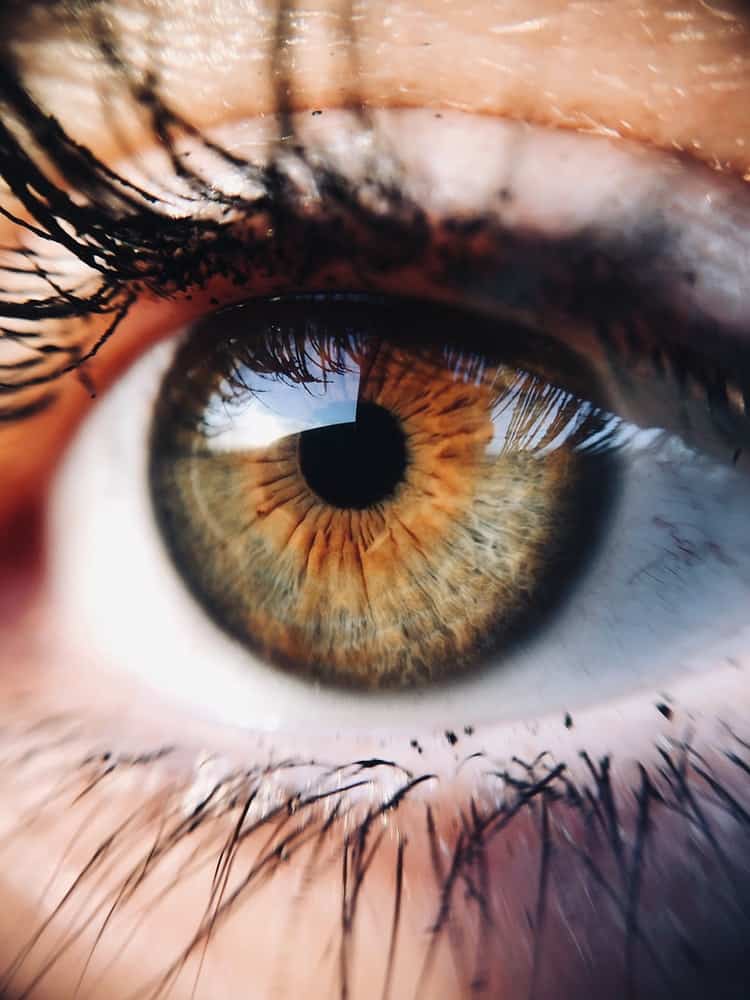As we get older, there are lots of health concerns we need to start thinking about. These include osteoporosis affecting our bones, arthritis impacting our joints, hearing loss, and cognitive conditions such as dementia. Eye health is another important area that we need to be concerned about, with conditions such as glaucoma and macular degeneration becoming far more likely in later life.
One of the most common eye problems that older people suffer from is cataracts, and this condition is estimated to affect over half of Americans by the time they reach 80 years old. Here’s an overview of what you need to know about them.
What are cataracts?
Cataracts are cloudy areas that form gradually in the lens of the eye, eventually interfering with your vision. It happens when proteins in your eye form clumps, which then stop the lens from sending clear images to your retina. Cataracts may affect just one eye or both. However, they don’t usually form at the same time as they can’t spread from one eye to the other.
The majority of cataracts develop as a result of changes in the eye as you age, but it is also possible for them to be caused by an eye injury or after having eye surgery. There are certain risk factors that make them more likely to form, including smoking, obesity, drinking excessive amounts of alcohol, having diabetes, and radiation exposure (for example, in treatment for cancer).
What is the treatment for cataracts?
The only actual treatment for cataracts is surgery, although you may find that you are initially able to manage your symptoms by making small lifestyle changes. These could include changing the lighting in your home, wearing anti-glare sunglasses, using magnifying lenses, or getting a new prescription for your glasses or contact lenses. It’s best to speak with your doctor about all the options available to you before making a decision.
If and when you find that cataracts are interfering with daily activities such as reading or driving, it may be time to think about surgery. There are numerous benefits of cataract surgery.Thankfully, the procedure is very safe and effective, involving removing and replacing the clouded lens to restore your vision. It’s also a great chance to look at enhancing your eyesight by choosing a PanOptix Lens to replace your clouded lens with. This can give you sharper vision with brighter colors, meaning you may be able to wear your glasses less often.
What symptoms should I look out for?
Because cataracts generally develop slowly, you may not notice the symptoms when they’re still mild. This is why it’s important to have regular checkups with your doctor and optician. Some of the symptoms you should be vigilant for include:
- Cloudy vision
- Blurry vision
- Dim vision
- Colors looking more faded
- Poor night vision
- Sunlight and artificial light seeming too bright
- Needing brighter light for activities such as reading
- Double vision
- Seeing a halo around lights
- Having to change your glasses or contact lens prescription more often
If you spot any of these, book an appointment with your ophthalmologist

